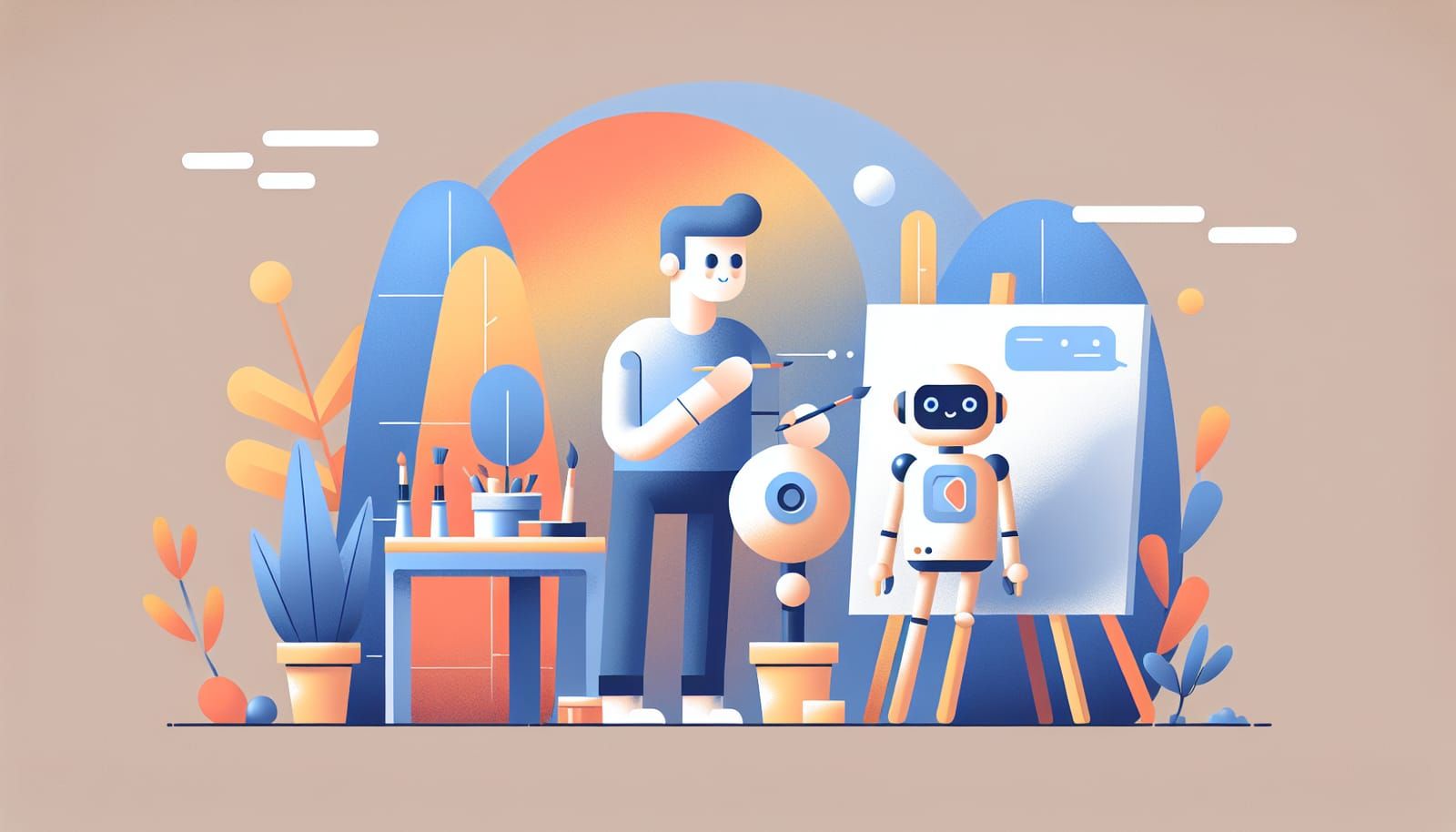Artificial Intelligence (AI) is a term that has captured our imaginations for decades. You might remember the iconic movie "2001: A Space Odyssey," where HAL 9000, a computer, interacted with humans in ways that were both fascinating and chilling. Fast forward to today, and AI is no longer confined to the realm of science fiction. It's an integral part of our daily lives, from smartphones and smart homes to healthcare and education. Let’s take a journey through the timeline of artificial intelligence, exploring how it evolved from imaginative fiction to a technology that shapes our modern world.
The Dawn of AI: A Dream Takes Shape
The concept of artificial intelligence began in the 1950s, when some brilliant minds gathered to brainstorm how machines could mimic human thinking. The term "artificial intelligence" was coined at the Dartmouth Conference in 1956, where researchers like John McCarthy and Marvin Minsky envisioned machines that could learn and adapt. Early experiments in AI involved simple problem-solving tasks, much like teaching a child to solve puzzles. However, the technology available at that time was limited, and progress was slow.
As the years rolled on, researchers developed various methods to make machines "smarter." They created algorithms, which are like recipes that tell computers how to process information. These algorithms laid the foundation for today’s AI systems.
The AI Winter: Challenges and Setbacks
Despite early enthusiasm, the journey wasn't smooth. The 1970s and 1980s brought what is known as the "AI winter." During this period, funding and interest in AI research dwindled as people realized that developing truly intelligent machines was more difficult than they had anticipated. The technology simply wasn't advanced enough, and many researchers were disheartened by the slow progress.
However, the seeds planted during this time were not wasted. Researchers continued to explore new ideas, and some breakthroughs in computer science started to emerge, such as machine learning, where computers learn from data rather than being explicitly programmed.
The Resurgence: Learning from Data
The 1990s marked a turning point for AI. With the explosion of the internet and the availability of vast amounts of data, researchers began to experiment with new machine learning techniques. During this time, algorithms became more sophisticated. Instead of just following static rules, machines could now learn patterns from the data they processed.
One major breakthrough was the development of neural networks, inspired by how human brains work. These networks allowed computers to analyze complex datasets and make predictions. For example, they started to recognize speech and images much better than before.
The Rise of Deep Learning: The Game Changer
The early 2010s brought another wave of excitement with the advent of "deep learning." This advanced form of machine learning uses multiple layers of neural networks to analyze data. It’s similar to how humans learn from experience. Deep learning has enabled computers to perform tasks that were once only possible for humans, such as translating languages, understanding voice commands, and even creating art!
One of the most famous applications of deep learning was Google’s AlphaGo, which defeated a world champion in the ancient game of Go. This victory showcased not just the power of AI, but also its potential to tackle complex problems.
AI Today: Part of Our Everyday Lives
Today, AI is everywhere! From virtual assistants in our smartphones to recommendation systems on streaming platforms like Netflix, AI has become an integral part of our lives. It helps us navigate, shop, and even communicate. AI technology is also transforming industries, like finance, where algorithms analyze market trends to make investment decisions, or agriculture, where AI helps farmers optimize crop yields.
In education, AI tools can personalize learning experiences for students, adapting to their individual needs. Imagine a classroom where every student learns at their own pace, guided by intelligent software that understands their strengths and weaknesses!
The Future of AI: A World of Possibilities
As we look to the future, the potential of AI seems limitless. Researchers are working on AI that can understand emotions, make ethical decisions, and even create new forms of art and literature. The ethical implications of AI, such as privacy concerns and bias in algorithms, are being actively discussed to ensure that AI benefits all of humanity.
Imagine a world where AI helps us tackle climate change by optimizing energy use or where smart cities use AI to improve traffic flow and reduce pollution. These are not distant dreams; they are possibilities within our reach.
Conclusion: Embracing the AI Revolution
Artificial Intelligence has traveled an incredible journey from speculative fiction to a transformative force in our society. Every day, we interact with AI in ways that enhance our lives, making tasks easier and more efficient. As we embrace this technology, it’s essential to continue the conversation about its ethical implications and ensure that it serves everyone positively.
AI is not just a tool; it’s a partner in innovation, creativity, and problem-solving. As we look to the future, let's remain curious, open, and excited about the endless possibilities that AI has to offer. The journey has just begun, and we are all part of this incredible adventure.
So, whether you’re a student, a professional, or simply someone who enjoys exploring new technologies, remember: the world of AI is yours to discover!


